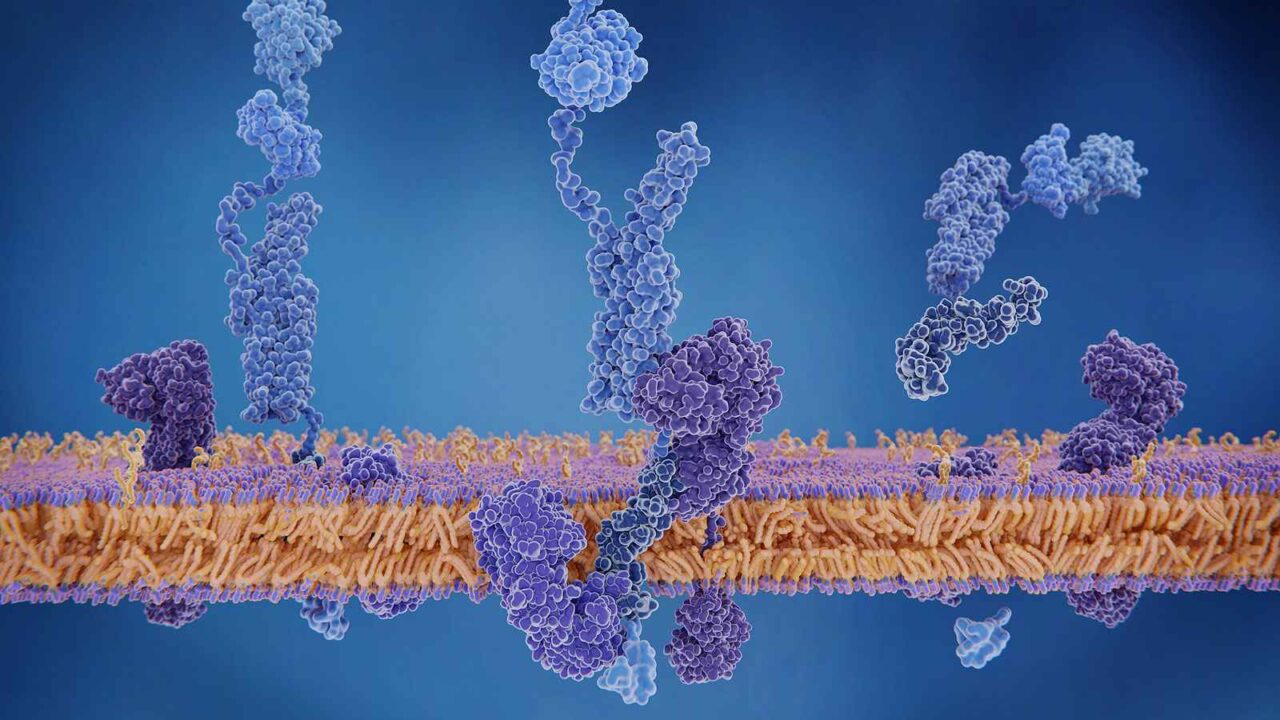Amyloidosis is a condition caused by the build-up of amyloid in the body. Amyloidosis is most commonly found in people over the age of 65, but can also occur in younger adults and even children. The cause of amyloidosis is unknown, but it is believed to be related to a combination of genetic and environmental factors.
What is Amyloidosis?
An amyloidosis is a disorder in which abnormal proteins form clumps or clusters in the body. These proteins can build up in tissues and organs, causing serious health problems. Amyloidosis can be fatal if it’s not treated.
There are many types of amyloidosis, but the most common is amyloidosis due to beta-amyloid (Aβ). Aβ is a protein found in the brain and spinal cord. It’s thought to play a role in the development of Alzheimer’s disease.
Amyloidosis caused by other proteins is rarer, but can also be life-threatening. Amyloidosis due to proinflammatory cytokines, such as IL-1β, IL-6, and TNF-α, is particularly dangerous because it can lead to organ failure.
- The cause of amyloidosis is unknown, but it may be related to factors such as:
- Inherited mutations in the genes that produce Aβ
- Environmental exposures, such as arsenic exposure
- Aging
- Illness or injury
Causes of Amyloidosis
Amyloidosis is a rare disease that can cause a build-up of amyloid proteins in the body. Amyloidosis is caused by a number of different factors, including:
- The accumulation of abnormal proteins (amyloid) in the tissues
- Genetic mutations
- Irregular cell growth
- Infection
There is currently no cure for amyloidosis, but there are treatments available that can help manage the condition. Treatment typically involves minimizing the amount of amyloid that accumulates in the body, and treating any underlying causes of the disease.
Symptoms of Amyloidosis
Amyloidosis is a rare, life-threatening disease that affects the liver. It is caused by the buildup of amyloid (a type of protein), which can damage the liver and other organs.
Symptoms of amyloidosis may include: jaundice (yellowing of the skin and eyes), fatigue, cirrhosis (a scarring of the liver), hepatitis (a virus that attacks the liver), and even death.
There is no known cure for amyloidosis, but treatments are available to help manage the disease.
Diagnosis of Amyloidosis
Amyloidosis is a debilitating and often fatal condition caused by the accumulation of amyloid deposits in the body. Amyloidosis typically affects older adults, but it can also occur in children and young adults. The amyloid deposits typically form in tissues such as the liver, kidney, heart, and brain. Amyloidosis can eventually lead to organ failure and death.
The most common sign or symptom of amyloidosis is swelling of the tissues in which the amyloid deposits are located. Other signs or symptoms may include fatigue, shortness of breath, chest pain, and weakness. It is important to get a diagnosis of amyloidosis as soon as possible because treatment options are limited. Treatment generally involves chemotherapy and/or surgery to remove the amyloid deposits.
Treatment of Amyloidosis
There is no one-size-fits-all cure for amyloidosis, but treatment typically involves aggressive chemotherapy and/or organ transplantation. Patients with early-stage amyloidosis may be able to achieve long-term remission through aggressive treatment with chemotherapy and/or radiation therapy. There is no specific cure for late-stage amyloidosis, but aggressive treatment can often result in a prolonged survival.


















